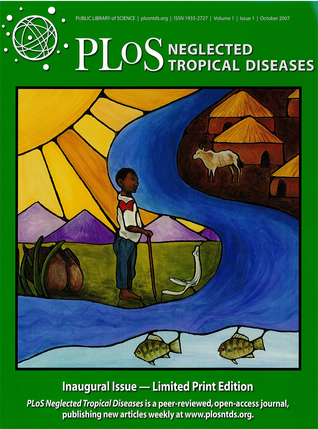
| |
Título del Articulo: Research priorities for neglected infectious diseases in Latin America and the Caribbean Region Autores UMSS: Lineth GarciaFaustino Torrico Autores: Dujardin J.-C., Herrera S., do Rosario V., Arevalo J., Boelaert M., Carrasco H.J., Correa-Oliveira R., Garcia L., Gotuzzo E., Gyorkos T.W., Kalergis A.M., Kouri G., Larraga V., Lutumba P., Garcia M.A.M., Manrique-Saide P.C., Modabber F., Nieto A., Pluschke G., Robello C., de Arias A.R., Rumbo M., Preciado J.I.S., Sundar S., Torres J., Torrico F., van der Stuyft P., Victoir K., Olesen O.F. Facultad: Medicina Centro: Instituto de Investigaciones Biomédicas (IIBISMED)Fecha de Publicación: 2010 Numero de Paginas
Abstract:
Global priorities for research in neglected infectious diseases (NIDs) can be assessed in different ways, but it is important to realize that regional priorities may significantly differ one from another. The region of Latin America and the Caribbean (LAC) is—along with Africa and Asia—more affected by NIDs than other regions of the world. Some of the Latin American NIDs are common to other continents, while others are very specific or disproportionately affect the Latin American region [1– 3] (Table 1). Because of its huge ecological diversity, ongoing environmental changes, and massive migrations, LAC is also a catalyst for the (re-)emergence and spreading of NIDs, both inside and outside the subcontinent. Following a colloquium on NIDs in LAC held in Lima, Peru, between 12 and 14 November 2009, a thematic workshop was organized with the support of the European Commission (EC). It involved 29 scientists (16 from the Americas, two from the Democratic Republic of Congo and India, respectively, and nine from Europe) working on different NIDs and representing several research areas from basic to applied. This report summarizes the consensus comments of the expert group after oral and written consultation. It is envisaged that this document should stimulate a debate within the scientific community and serve as a recommendation for future actions by international or regional funding agencies in the area of NIDs in LAC.
Para mas informacion aproximarse por : Instituto de Investigaciones Biomédicas (IIBISMED) en la facultade de Medicina |